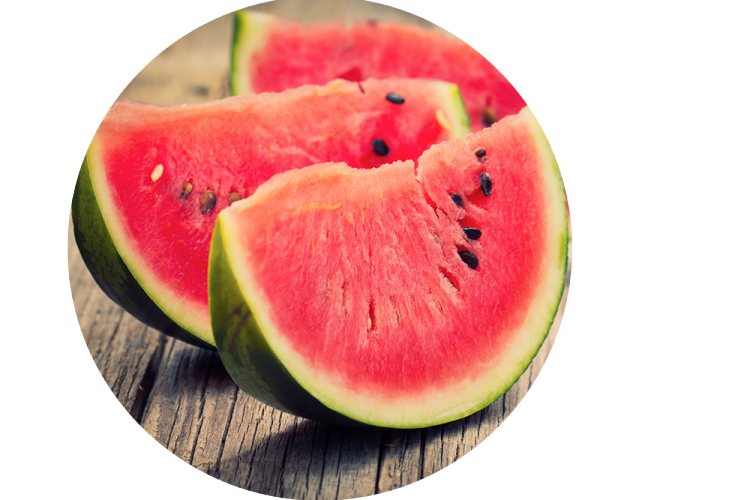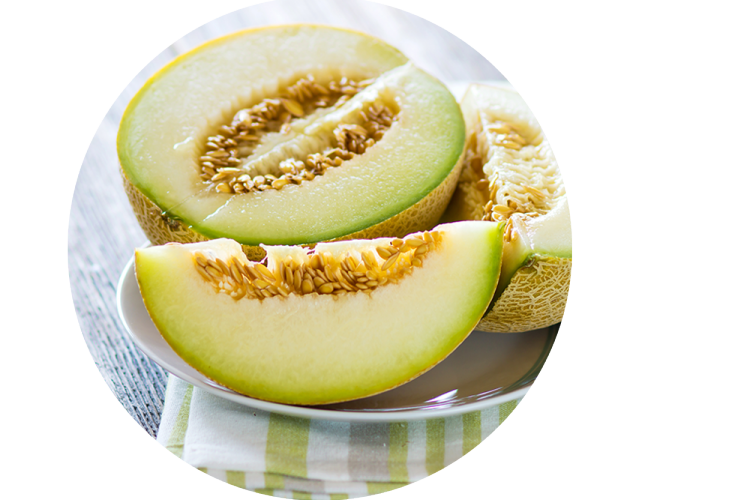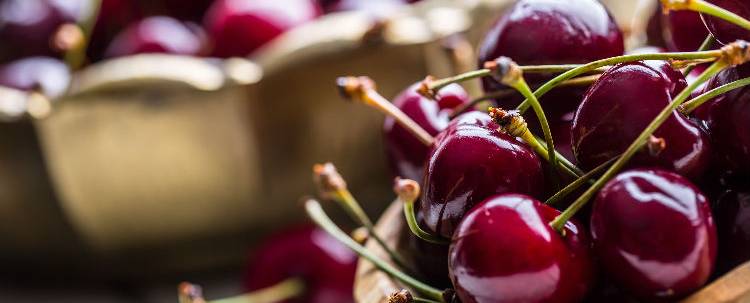Summery fruits: watermelon and melon
They are two of the most refreshing and tasty fruits to beat the heat. Made up mainly of water, their taste and ease of consumption make melon and watermelon the perfect summer fruits.
fresh food
Share

Spain is the world’s fourth largest producer of melon, after China, Turkey and the USA. The main production areas in our country are Andalusia (particularly, Almería), Castilla-La Mancha, Murcia, Extremadura and Comunidad Valenciana. The main producer of watermelons is China, with Turkey, Iran and Brazil following. Spain is ranked at 3rd place and the main production areas are Almería, in the greenhouse, and Valencia, in the open air.
The season is from June to September although we can harvest melons all year round. Spaniards consume almost 9 kilos of melon per person each year, while we eat almost 8 kg of watermelon.
VARIETIES
Seedless watermelon
• Black watermelon: a dark green skin with darker stripes and a dark red pulp, a crunchy texture and sweet taste. Varieties: Fashion, Fenway and Style.
• White stripe watermelon: a deep red pulp and light green skin with white tabby stripes, very sweet and with a fine texture. Varieties: Boston, Motril and Moon Gem F1.
• Mini watermelon: a light green skin with tabby green stripes and takes an oval shape instead of a rounded shape. Varieties: Premium and Kudam.
Watermelon with seeds
• Crimson Sweet: a very sweet variety, with quite a dark skin and a deep red pulp.
• Resistent: similar to the previous variety, it’s tough and quite sweet.
Melon
• Cantaloupe or ‘French Melon’: a rounded shape, appreciated for its taste and smell. Its skin is light green, with a distinctive pattern mark on the outside, an orange pulp and a tough texture.
• Galia: rounded, fine skin and a soft pulp, green on the outside and yellow on the inside. It has a sweet taste and an aromatic smell.
• Yellow Melon: the first of the season, small and rounded, a fine yellow skin and a light green pulp, sweet tasting and juicy.
• Piel de sapo: oval shaped with a dark green rough skin, a white, sweet pulp.
• Tendral or ‘Winter Melon’ is produced between November and January. Oval shaped, a thick, rough skin and a white pulp with high sugar content.
Watermelons and melons contain between 90-95% of water, which makes themextremely hydrating, with hardly any calories, so they are ideal for diets.
Nutritional Information
Watermelons and melons contain between 90-95% of water, which makes them extremely hydrating, with hardly any calories, so that they are ideal for diets.
Watermelons contain carotene, like lycopene, which is responsible for the red colour of the pulp and the antioxidant qualities.
Melons are rich in Vitamin C, which protects cells against oxidative damage, helps to decrease fatigue and tiredness and improves absorption of iron.
Advice for purchasing and preserving

Maduration
To know whether a watermelon is ripe or not, if youtap it with your fingers or the palm of your hand, it should sound ‘hollow’. Ifyou buy half a watermelon, its pulp will be firm and with a lot of water.
Preservation
Whole watermelons can be preserved for two or three weeks as long as they’re stored in a cool dry place.

Maduration
To know whether a melon is ripe or not, you shouldcheck that its ends are slightly soft and, when you pick it up, it shouldn’tfeel hollow. You should choose those that are dark in colour and that aren’tmarked.
Preservation
To preserve a melon, store it in a cold, dry place.

The cherry
All its benefits
The cherry






